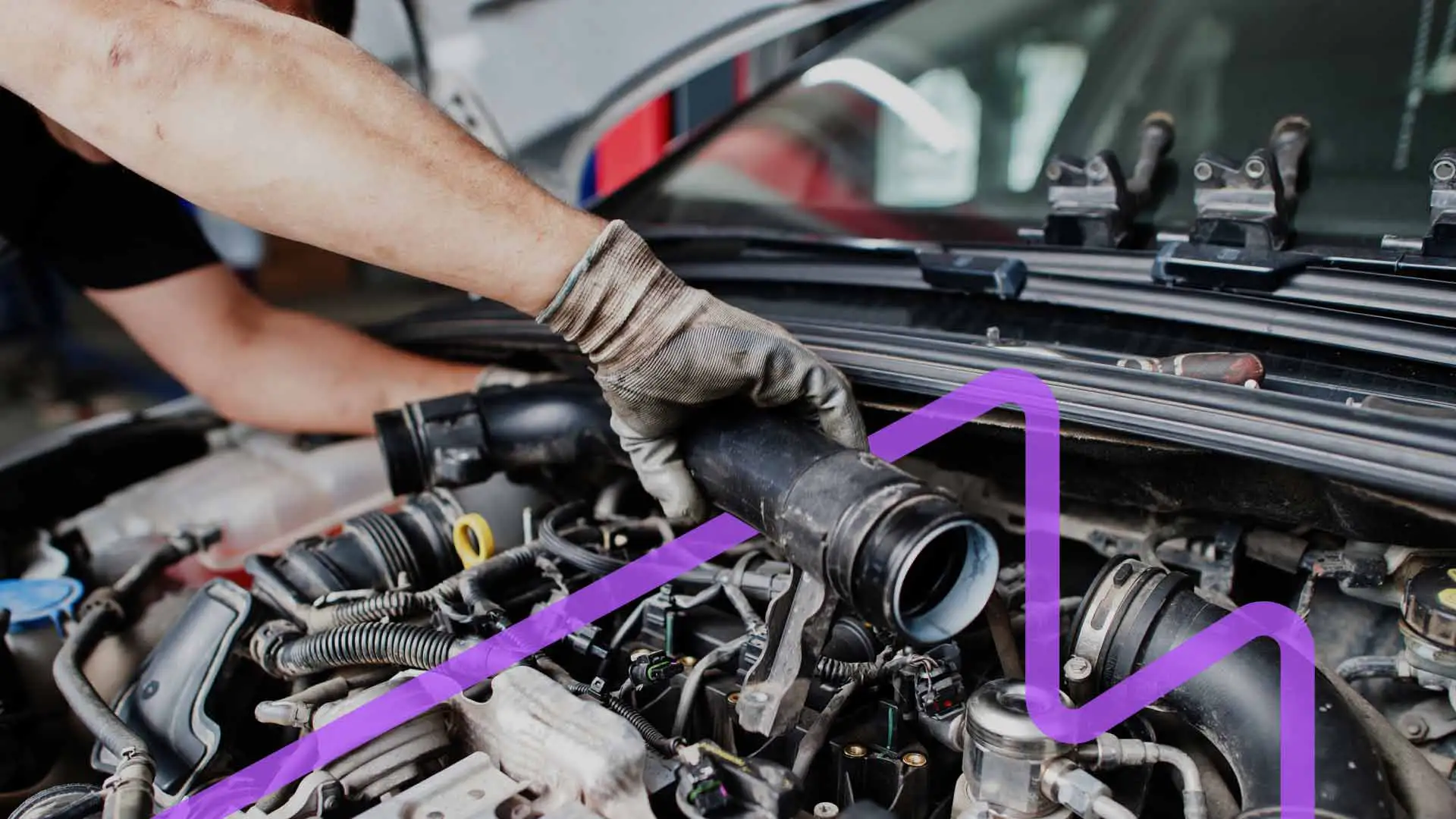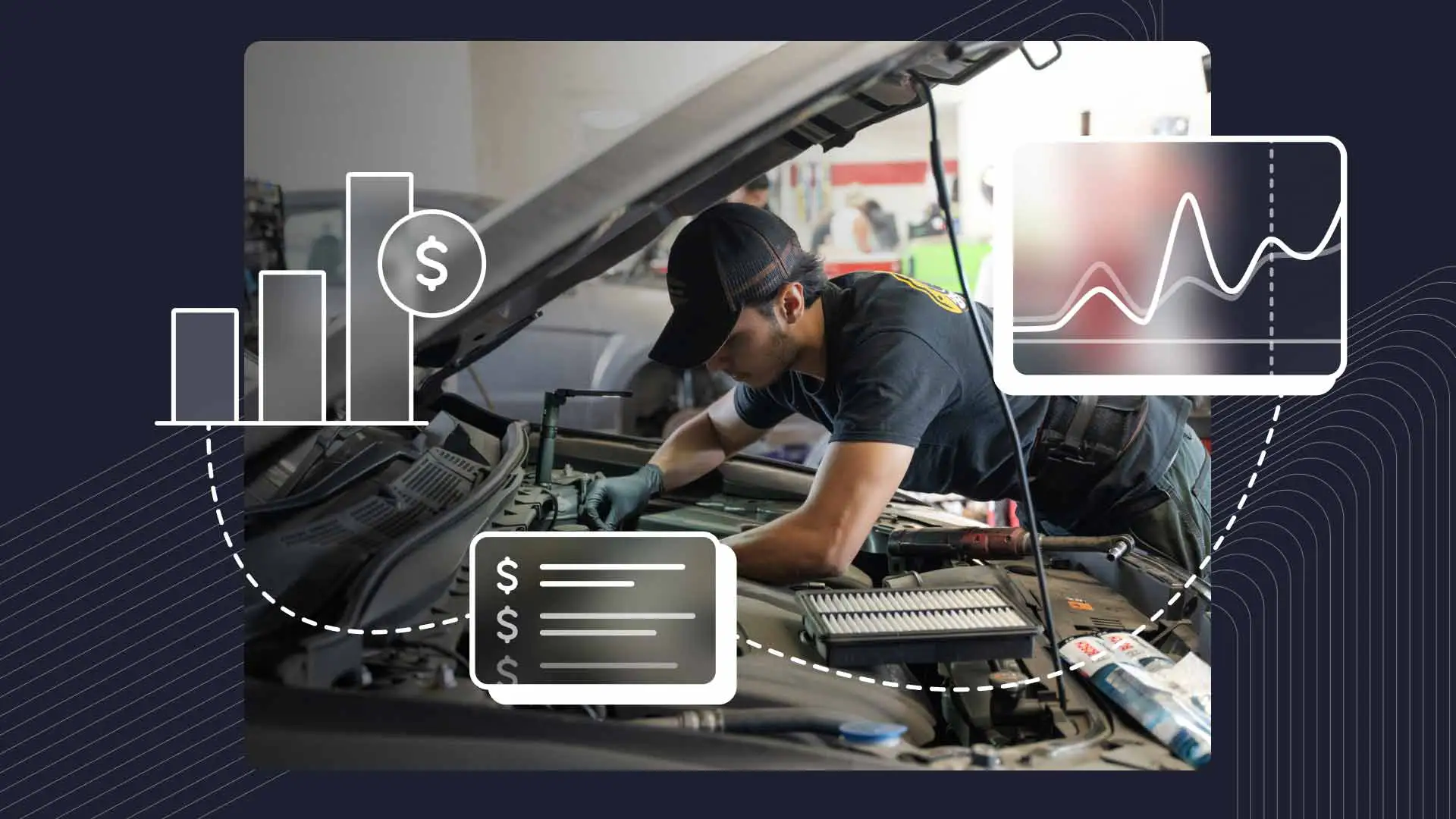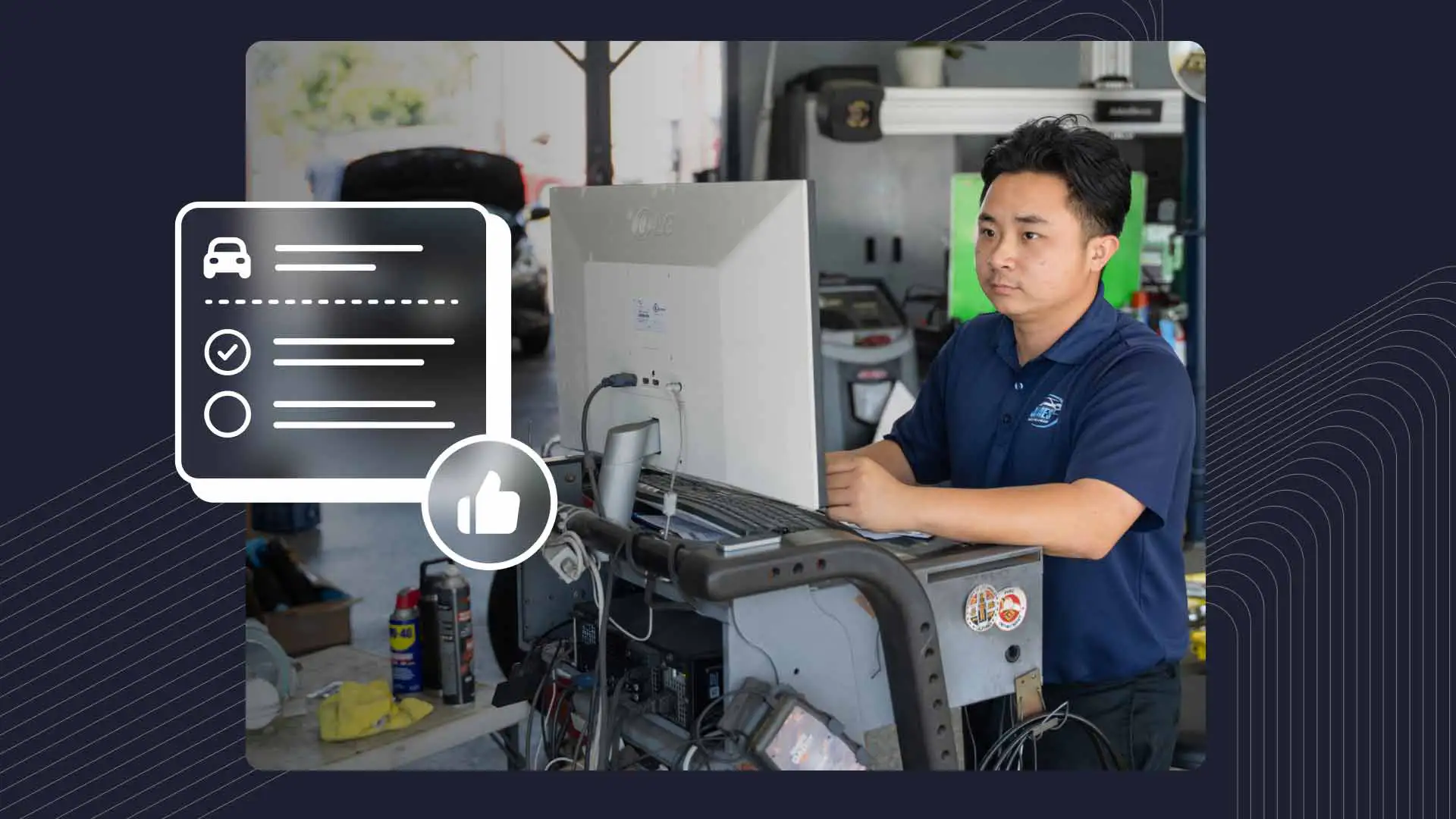A customer arrives at your shop. He walks in with a box and, before you can put your coffee down, he says, "I just got a great deal on these new brake pads, can you install them for me?" Immediately, alarm bells go off.
While it may seem like a no-brainer for customers, installing customer-supplied parts opens the door to several potential problems for auto repair shops. From fitment and safety issues to warranty complications, the risks involved can quickly outweigh any perceived benefits. As a result, many auto repair shops avoid the practice altogether.
Let’s dig a little deeper into the reasons why shops often steer clear of installing parts provided by customers, the consequences involved, and why clearly communicating these concerns with customers is key.
Factors to Consider Before Installing Customer-Supplied Parts
There are a handful of important factors shops should weigh before agreeing to work with customer-supplied parts, including:
Part Quality and Authenticity
One main concern is whether a part may be counterfeit. The growth of online marketplaces makes it increasingly difficult to tell whether a component came from a reputable manufacturer or is just a slickly packaged knockoff. Counterfeit parts may look legit, but they’re often poorly made, don’t last very long, and could pose serious safety risks.
Shops also need to confirm that the part is an exact fit for the customer’s vehicle. If it’s even slightly off, you might run into compatibility issues that could affect performance and/or fuel consumption, or compromise other components. Cars aren’t Lego sets–they’re built to exacting specifications, and any deviation can have negative consequences.
In addition, consider whether it’s even a good idea to go with an aftermarket part vs. an Original Equipment Manufacturer (OEM) part. Certainly there are pros and cons to each: Aftermarket parts can be less expensive and offer a wider selection, while OEM parts are designed for specific vehicles, and are guaranteed to fit and perform as advertised. A potential deal-breaker for aftermarket parts: They can vary wildly in terms of quality and reliability, and may not deliver the results customers were hoping for.
Warranty Considerations
Warranties are another big issue. Most manufacturers cover repairs and replacements for new cars over a certain period, e.g., 3 years or 36,000 miles. The problem is that installing non-OEM parts often voids this warranty, leaving customers on the hook for any future work, from minor fixes to major engine or transmission repairs.
Auto shops that offer warranties on their work should also be careful. If a customer-supplied part fails prematurely, the shop could be responsible for any resulting damage, even if it wasn’t your part that caused it. That’s why it’s so important for shops to clearly explain potential warranty issues before installing parts supplied by customers, and to consider for themselves whether it’s even worth the trouble.
Labor Costs & Customer Satisfaction
Customers who provide their own parts are usually trying to save a buck. They may think that by bringing in the part, they’re saving you time and effort in ordering it, and as a result, the service should be cheaper. However, in reality, shops often raise their rates in these situations to cover the additional time required to check quality and compatibility, as well as the risk of installing a part they can’t guarantee. These factors should be taken into account when setting your labor rates for this kind of work.
You’ll also want to make sure customers understand the potential downsides of supplying their own parts. There’s a chance that it might not fit right; or, it could be defective. Any problems with the part could result in additional delays, along with increased costs and, most likely, some frustration on both sides. Again, this is why it’s important to communicate and manage customer expectations upfront.
Shop Policies & Liability
To protect themselves and their clients, repair shops need to have clear written policies in place for installing customer-supplied parts. These policies should cover the shop’s responsibilities, liabilities, and expectations, and explicitly state the risks involved so customers know what they’re getting into. You may even ask them to sign a customer-supplied parts waiver before getting started on their vehicle. This helps protect your shop from legal issues or disputes if the part fails or causes any damage.
Rule of Thumb
While there’s no hard-and-fast rule for installing customer-supplied parts, a safe approach is to avoid it whenever potential risks are involved. This could include safety concerns, liability issues, or voiding the warranty. If you decide to take on the work, do your due diligence–make sure the part is genuine, well-built, and compatible with the vehicle. And, be open with customers about the consequences of using their own parts.
Beware of Customers Bearing Parts
Customers entering your shop with parts in hand and the expectation of a quick, easy, and inexpensive installation should set off red flags. The fact is that more often than not, installing customer-supplied parts is just not worth the hassle.
Repair shops should always prioritize customer safety, and installing a part whose quality or origin you can’t vouch for could compromise the vehicle. Additionally, think about your shop’s reputation. Refusing to install parts that you believe are inferior or could put your customers in harm’s way can reinforce your image as a professional, no-nonsense shop that cares about its clientele.
Businesses succeed by building strong relationships with customers, and one surefire way to earn their trust and loyalty is by giving them honest advice and putting their best interests first, even if that means temporarily bursting their bubble over a part they wanted you to install. Chances are they’ll appreciate it in the long run.
If your shop is ready to boost efficiency, and enjoy streamlined auto parts inventory management in the process, check out Shopmonkey’s best-in-class auto repair software. This user-friendly solution makes tracking and ordering parts a breeze, making sure you get only the best components for every single job.




